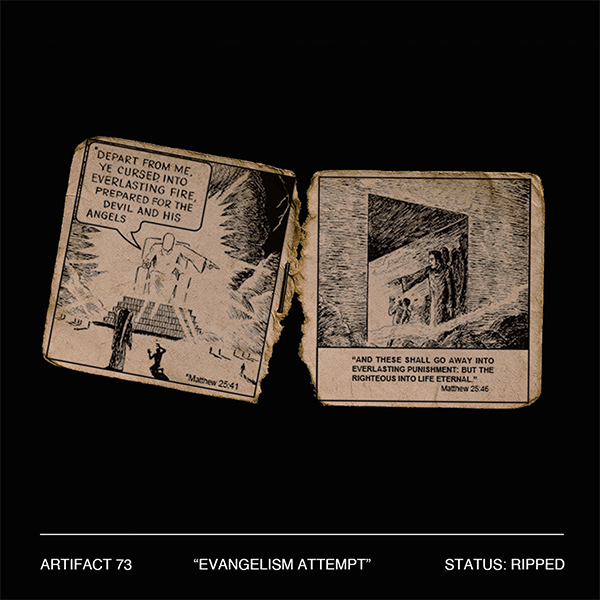The Middle In: The Unique Missional Opportunity
The pastors group at Life on the Vine spent this early morning talking about church planting, spawning communities of mission. We resolved that we would first seek to seed missional communities in places where a.) the gospel is sorely missing (either because churches have closed, left or not yet come), b.) we could live more affordably (so we could all live beneath our means), and c.) where we could live in closer proximity to one another.
Ironically the last two criteria would eliminate the very place Life on the Vine exists. Life on the Vine has faced significant challenges in the NW suburbs regarding the issues of affordability and proximity. We have had to be inventive. The struggle in each of these challenges has just begun. Yet the suburbs cannot be abandoned. We have seen smaller churches (300 and less) close up. The mega churches grow larger. And yet there is little left for those outside the gospel who would never consider darkening the doors of a mega church (which for me includes most post Christendom peoples).
Having said all this, I think we see ourselves as sending people off in groups of ten, as missional orders into places that a.) need the gospel, b.) more affordable, and c.) allow for proximal living. We want to send especially the people who cannot afford to live here.
This gets me to the point of this entire post. In several conversations I have had with missional church planters in the past three weeks, I have discussed what is happening in their towns. They all live in towns of 100,000 or so. In each of these towns the middle to upper classes economically have moved to the outer circle of these cities. Mega churches, in some cases huge mega churches, have sprung up on the outer edges of these towns (we’d call them suburbs in a big city like Chicago.) Meanwhile, from the middle of these little cities in, churches have shrunk, died, been whittled to nothing (many times by these mega churches) left and/or closed up. The outer circle of these towns has plenty of churches and money. Yet in all three of these contexts, “the middle in” is decidedly less middle-to upper class and lacks churches relative to the population. This “middle-in” is struggling with poverty, job loss, gangs, under-education and other things. Here in the “middle-in” parts of these towns are “the poor,” the ones most ready and desperate for the gospel. Here lies fertile ground for the gospel.
All this to say, “the middle in” is also a.) very affordable, b.) allows for proximity, and c.) is in need of the gospel. These are the fertile places for the missional orders we are seeking to form at Life on the Vine. We seek to send groups of 10, gifted people for ministry who can get jobs and flourish in these new places for mission. I was stunned to visit one of these places this week and find many young professional Christians, who have good jobs, tired of mega church living, doing this kind of missional living. Wow, it blew my mind.
What do you think about the “middle in” hypothesis? Are you interested? Are you already doing this?



